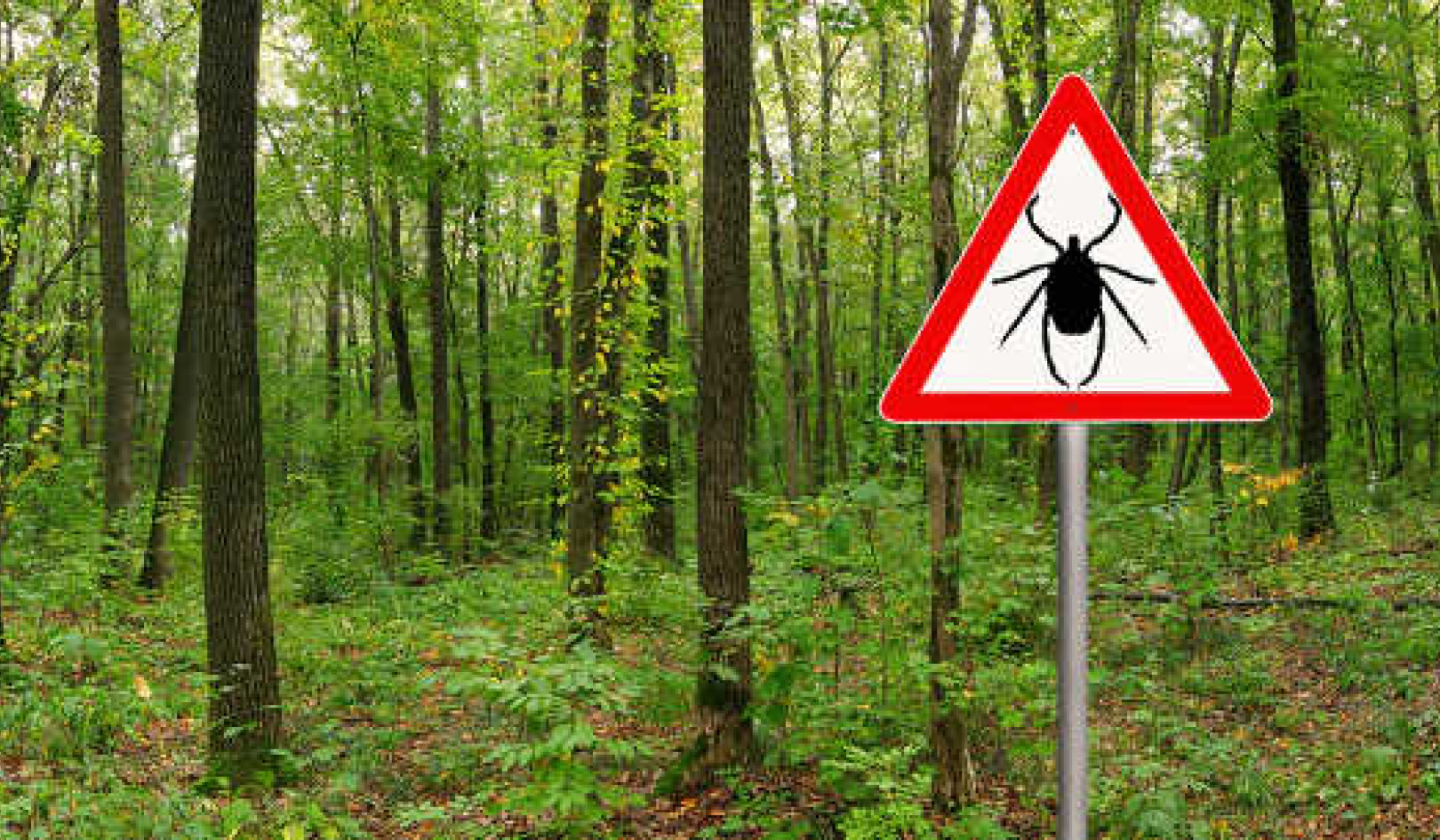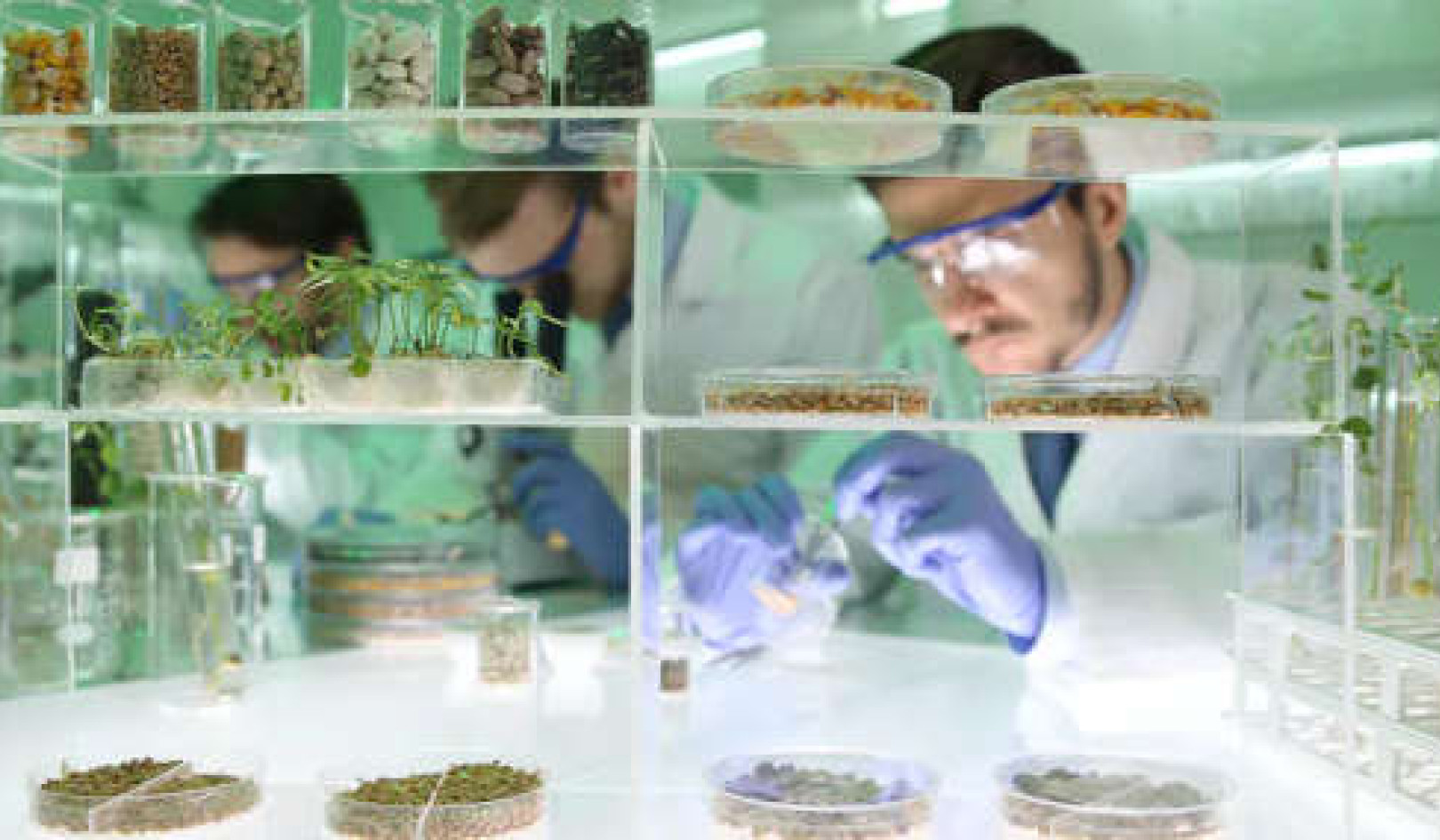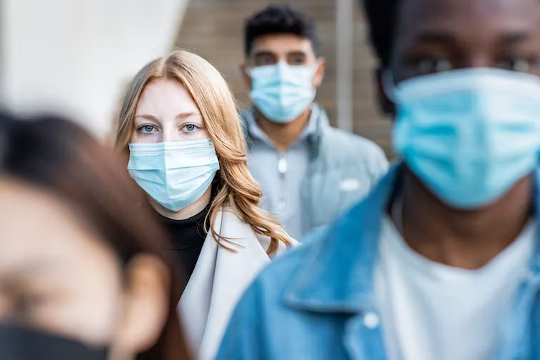
Masks are an easy and low-cost way to reduce the amount of virus entering the air and spreading to others. william87/iStock via Getty Images Plus
The cold and flu season of 2022 has begun with a vengeance. Viruses that have been unusually scarce over the past three years are reappearing at remarkably high levels, sparking a “tripledemic” of COVID-19, the flu and respiratory syncytial virus, or RSV. This November’s national hospitalization levels for influenza were the highest in 10 years.
We are infectious disease epidemiologists and researchers, and we have spent our careers focused on understanding how viruses spread and how best to stop them.
To respond to the COVID-19 pandemic, we and our public health colleagues have had to quickly revive and apply decades of evidence on respiratory virus transmission to chart a path forward. Over the course of the pandemic, epidemiologists have established with new certainty the fact that one of our oldest methods for controlling respiratory viruses, the face mask, remains one of the most effective tools in a pandemic.
Day care centers, college dorms and public gatherings can promote superspreader events.
Get The Latest By Email
A slew of circulating viruses
Unlike the many past waves of COVID-19 since the spring of 2020, this fall’s surge of respiratory disease is not due to a single novel virus. Rather, now that masks and other measures have gone by the wayside, the U.S. has returned to the classic cold and flu season pattern. In a typical year, many viruses cocirculate and cause similar symptoms, leading to a wave of illness that includes ever-shifting combinations of more than 15 types and subtypes of viruses.
Nowhere is this pattern more obvious than in young children. Our research has shown that classrooms house many viruses at once, and that individual kids can be infected with two or three viruses even during a single illness.
While mere inconveniences for most people, respiratory viruses like the seasonal flu are responsible for missed work and school. In some cases they can lead to severe illnesses, especially in very young children and older adults. After years of fighting one virus, parents are now exhausted by the reality of battling many, many more.
But there is a straightforward way to cut down on the risk for ourselves and others. When it comes to individual decisions, masks are among the most low-cost and most effective steps that can be taken to broadly reduce transmission of a multitude of viruses.
As of early December 2022, the Centers for Disease Control and Prevention is now recommending that people wear masks indoors in five New York counties.
The latest research
Long before the COVID-19 pandemic, researchers were studying the effectiveness of masks at reducing transmission of other respiratory viruses. Meta-analyses of viral spread during the original SARS epidemic in 2002-2003 showed that one infection was averted for every six people wearing a mask, and for every three people who were wearing an N95 mask.
Mask-wearing by health care workers has long been considered a primary strategy for protecting young at-risk infants from RSV infection transmitted in hospital settings. Scientific evaluation of the effectiveness of masks has historically been clouded by the fact that mask-wearing is often used in conjunction with other strategies, such as hand-washing. Nonetheless, the use of personal protective equipment, including masks, as well as gowns, gloves and possibly goggles in the health care setting, has been commonly associated with reduced transmission of RSV.
Similarly, one of the largest pre-COVID-19 randomized studies of mask-wearing, conducted with over a thousand University of Michigan residence hall students in 2006 to 2007, found that symptomatic respiratory illness was reduced among mask-wearers. This was especially true when masks were combined with hand hygiene.
More recently, researchers measured the amount of virus present in exhaled breath from people with respiratory symptoms to study how well masks blocked the release of virus particles. Those who were randomly selected to wear a mask had lower levels of respiratory shedding for influenza, rhinovirus – which causes the common cold – and non-SARS coronaviruses, than those with no mask.
Now, three years into the pandemic, evidence around masks and our experience using them has grown enormously. Laboratory studies and outbreak investigations have shown that masks lower the amount of virus that enters the air and reduce the quantity of viruses that enter our airways when we breathe. Recent studies have shown that wearing a surgical mask in an indoor public setting reduces the odds of testing positive for COVID-19 by 66%, and wearing an N95/KN95 type of mask lowers the odds of testing positive by 83%.
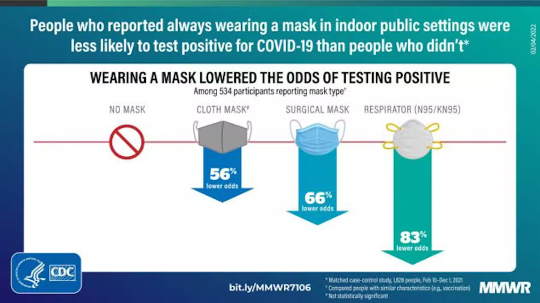
A study of mask-wearing in public indoor settings found that people who wore surgical masks were 66% less likely to contract COVID-19 than those who wore none. Centers for Disease Control and Prevention
Infections drop when schoolchildren are masked
Our own research has shown the major impact of mask-wearing on transmission of SARS-CoV-2 – the virus that causes COVID-19 – and other viruses. During the circulation of the highly transmissible delta variant in the fall of 2021, we found that schoolwide mask requirements were linked to a reduction in COVID-19 infections. School-age children living in districts without mask requirements were infected at a higher rate that increased faster in the early weeks of the school year than their counterparts in districts with complete or partial mask requirements. Similar patterns occurred in other states coinciding with the lifting of school mask requirements in spring 2022.
Our preliminary work in a community with frequent mask-wearing behavior has found that the rate of non-COVID respiratory illness in families fell by 50% during 2020 and 2021 compared with earlier years. In our study, as participants reported the relaxing of mask-wearing and other mitigation behaviors in early 2022, the viruses that are now gripping the U.S. began to return. This resurgence started, curiously enough, with a reappearance of the four “common cold” seasonal coronaviruses.
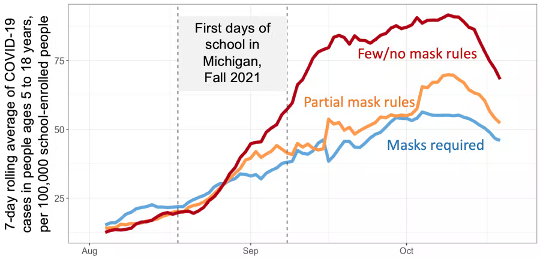 Michigan school districts without mask requirements experienced higher COVID-19 case rates in fall 2021 during the two months after back-to-school. Michigan.gov Data and Modeling Updates, Eisenberg and Martin Research Groups, University of Michigan, Ann Arbor
Michigan school districts without mask requirements experienced higher COVID-19 case rates in fall 2021 during the two months after back-to-school. Michigan.gov Data and Modeling Updates, Eisenberg and Martin Research Groups, University of Michigan, Ann Arbor
Unfortunately, vaccines are only available for two of the major causes of respiratory illness: SARS-CoV-2 and influenza. Likewise, antiviral treatments are also more commonly available for SARS-CoV-2 and influenza than for RSV. RSV vaccines, which have been in development for many years, are expected to become available soon, but not in time to stem the current wave of illness.
In contrast, masks can reduce transmission for all respiratory viruses, with no need to tailor the intervention to the specific virus that is circulating. Masks remain a low-cost, low-tech way to keep people healthier throughout the holiday season so that more of us can be free of illness for the time that we value with our family and friends.![]()
About The Authors
Emily Toth Martin, Assistant Professor of Epidemiology, University of Michigan and Marisa Eisenberg, Associate Professor of Complex Systems, Epidemiology and Mathematics, University of Michigan
This article is republished from The Conversation under a Creative Commons license. Read the original article.
books_health


